The gender binaries of "male" and "female" aren& #39;t as universal as you think  https://abs.twimg.com/emoji/v2/... draggable="false" alt="🌍" title="Europa-Afrika auf dem Globus" aria-label="Emoji: Europa-Afrika auf dem Globus">
https://abs.twimg.com/emoji/v2/... draggable="false" alt="🌍" title="Europa-Afrika auf dem Globus" aria-label="Emoji: Europa-Afrika auf dem Globus">
From Samoa https://abs.twimg.com/emoji/v2/... draggable="false" alt="🇼🇸" title="Flagge von Samoa" aria-label="Emoji: Flagge von Samoa"> to Albania
https://abs.twimg.com/emoji/v2/... draggable="false" alt="🇼🇸" title="Flagge von Samoa" aria-label="Emoji: Flagge von Samoa"> to Albania  https://abs.twimg.com/emoji/v2/... draggable="false" alt="🇦🇱" title="Flagge von Albanien" aria-label="Emoji: Flagge von Albanien">, here are eight cultures throughout history showing that the concept of non-binary gender is far from new
https://abs.twimg.com/emoji/v2/... draggable="false" alt="🇦🇱" title="Flagge von Albanien" aria-label="Emoji: Flagge von Albanien">, here are eight cultures throughout history showing that the concept of non-binary gender is far from new  https://abs.twimg.com/emoji/v2/... draggable="false" alt="🧵" title="Thread" aria-label="Emoji: Thread">
https://abs.twimg.com/emoji/v2/... draggable="false" alt="🧵" title="Thread" aria-label="Emoji: Thread"> https://abs.twimg.com/emoji/v2/... draggable="false" alt="👇" title="Rückhand Zeigefinger nach unten" aria-label="Emoji: Rückhand Zeigefinger nach unten">
https://abs.twimg.com/emoji/v2/... draggable="false" alt="👇" title="Rückhand Zeigefinger nach unten" aria-label="Emoji: Rückhand Zeigefinger nach unten">
From Samoa
Two-spirit (North America)  https://abs.twimg.com/emoji/v2/... draggable="false" alt="🌎" title="Amerika auf dem Globus" aria-label="Emoji: Amerika auf dem Globus">
https://abs.twimg.com/emoji/v2/... draggable="false" alt="🌎" title="Amerika auf dem Globus" aria-label="Emoji: Amerika auf dem Globus">
Identifying with masculinity and femininity, indigenous North American two-spirit people are often said to contain both male and female & #39;spirits& #39;.
They& #39;re often revered in their communities, seen as a channel between the physical and spiritual
Identifying with masculinity and femininity, indigenous North American two-spirit people are often said to contain both male and female & #39;spirits& #39;.
They& #39;re often revered in their communities, seen as a channel between the physical and spiritual
Fa’afafine (Samoa)  https://abs.twimg.com/emoji/v2/... draggable="false" alt="🇼🇸" title="Flagge von Samoa" aria-label="Emoji: Flagge von Samoa">
https://abs.twimg.com/emoji/v2/... draggable="false" alt="🇼🇸" title="Flagge von Samoa" aria-label="Emoji: Flagge von Samoa">
Identifying as a separate gender, fa’afafines& #39; roles in society move fluidly between the traditional male and female.
While they& #39;re assigned male at birth, Samoa also recognises fa’afatama – an equally fluid gender for those assigned female at birth
Identifying as a separate gender, fa’afafines& #39; roles in society move fluidly between the traditional male and female.
While they& #39;re assigned male at birth, Samoa also recognises fa’afatama – an equally fluid gender for those assigned female at birth
Hijras (South Asia)  https://abs.twimg.com/emoji/v2/... draggable="false" alt="🌏" title="Asien-Australien auf dem Globus" aria-label="Emoji: Asien-Australien auf dem Globus">
https://abs.twimg.com/emoji/v2/... draggable="false" alt="🌏" title="Asien-Australien auf dem Globus" aria-label="Emoji: Asien-Australien auf dem Globus">
The centuries-old third gender, associated with sacred powers, usually refers to those assigned male at birth but don& #39;t identify as such.
In 2014, India legally recognised hijras as a third gender after they were criminalised by the British in 1871
The centuries-old third gender, associated with sacred powers, usually refers to those assigned male at birth but don& #39;t identify as such.
In 2014, India legally recognised hijras as a third gender after they were criminalised by the British in 1871
Sworn Virgins (Albania)  https://abs.twimg.com/emoji/v2/... draggable="false" alt="🇦🇱" title="Flagge von Albanien" aria-label="Emoji: Flagge von Albanien">
https://abs.twimg.com/emoji/v2/... draggable="false" alt="🇦🇱" title="Flagge von Albanien" aria-label="Emoji: Flagge von Albanien">
In this dying practice, women take on the social identity of a man for life, while taking a vow of chastity.
By taking on this identity, they& #39;re elevated to the status of a man, entitled to the rights and privileges of the patriarchy
In this dying practice, women take on the social identity of a man for life, while taking a vow of chastity.
By taking on this identity, they& #39;re elevated to the status of a man, entitled to the rights and privileges of the patriarchy
Metis (Nepal)  https://abs.twimg.com/emoji/v2/... draggable="false" alt="🇳🇵" title="Flagge von Nepal" aria-label="Emoji: Flagge von Nepal">
https://abs.twimg.com/emoji/v2/... draggable="false" alt="🇳🇵" title="Flagge von Nepal" aria-label="Emoji: Flagge von Nepal">
Officially recognised as a third gender in Nepal in 2007, metis have a long history in the Himalayan region. Assigned male at birth, they assume a traditional feminine appearance.
Nepal set a global precedent with a third gender category on official documents.
Officially recognised as a third gender in Nepal in 2007, metis have a long history in the Himalayan region. Assigned male at birth, they assume a traditional feminine appearance.
Nepal set a global precedent with a third gender category on official documents.
Bugis (Indonesia)  https://abs.twimg.com/emoji/v2/... draggable="false" alt="🇮🇩" title="Flagge von Indonesien" aria-label="Emoji: Flagge von Indonesien">
https://abs.twimg.com/emoji/v2/... draggable="false" alt="🇮🇩" title="Flagge von Indonesien" aria-label="Emoji: Flagge von Indonesien">
The ethnic group has for centuries seen gender as a spectrum, with three additional genders in addition to male and female.
Bugis genders include & #39;calabai& #39; (feminine men), & #39;calalai& #39; (masculine women) and intersex & #39;bissu& #39; priests
The ethnic group has for centuries seen gender as a spectrum, with three additional genders in addition to male and female.
Bugis genders include & #39;calabai& #39; (feminine men), & #39;calalai& #39; (masculine women) and intersex & #39;bissu& #39; priests
Brotherboys and sistergirls (Indigenous Australians)
Used by Aboriginals and Torres Strait Islanders, brotherboys describes people with a gender experience inconsistent with their assigned sex, with a male spirit and male roles in the community – sistergirls are the opposite
Used by Aboriginals and Torres Strait Islanders, brotherboys describes people with a gender experience inconsistent with their assigned sex, with a male spirit and male roles in the community – sistergirls are the opposite
Toms (Thailand)  https://abs.twimg.com/emoji/v2/... draggable="false" alt="🇹🇭" title="Flagge von Thailand" aria-label="Emoji: Flagge von Thailand">
https://abs.twimg.com/emoji/v2/... draggable="false" alt="🇹🇭" title="Flagge von Thailand" aria-label="Emoji: Flagge von Thailand">
One of the dozen or more common gender identities in Thailand, & #39;toms& #39; are women who adopt masculine mannerisms and style, while using male speech terms.
Toms are often attracted to & #39;dees& #39; – women who follow traditional Thai gender norms
One of the dozen or more common gender identities in Thailand, & #39;toms& #39; are women who adopt masculine mannerisms and style, while using male speech terms.
Toms are often attracted to & #39;dees& #39; – women who follow traditional Thai gender norms
While far from being all-inclusive, this list goes to show that non-binary concepts of gender are not a recent phenomenon  https://abs.twimg.com/emoji/v2/... draggable="false" alt="🌏" title="Asien-Australien auf dem Globus" aria-label="Emoji: Asien-Australien auf dem Globus">
https://abs.twimg.com/emoji/v2/... draggable="false" alt="🌏" title="Asien-Australien auf dem Globus" aria-label="Emoji: Asien-Australien auf dem Globus">
Were any of these new to you? Share your thoughts below https://abs.twimg.com/emoji/v2/... draggable="false" alt="👇" title="Rückhand Zeigefinger nach unten" aria-label="Emoji: Rückhand Zeigefinger nach unten">
https://abs.twimg.com/emoji/v2/... draggable="false" alt="👇" title="Rückhand Zeigefinger nach unten" aria-label="Emoji: Rückhand Zeigefinger nach unten">
Were any of these new to you? Share your thoughts below

 Read on Twitter
Read on Twitter Identifying with masculinity and femininity, indigenous North American two-spirit people are often said to contain both male and female & #39;spirits& #39;.They& #39;re often revered in their communities, seen as a channel between the physical and spiritual" title="Two-spirit (North America) https://abs.twimg.com/emoji/v2/... draggable="false" alt="🌎" title="Amerika auf dem Globus" aria-label="Emoji: Amerika auf dem Globus">Identifying with masculinity and femininity, indigenous North American two-spirit people are often said to contain both male and female & #39;spirits& #39;.They& #39;re often revered in their communities, seen as a channel between the physical and spiritual" class="img-responsive" style="max-width:100%;"/>
Identifying with masculinity and femininity, indigenous North American two-spirit people are often said to contain both male and female & #39;spirits& #39;.They& #39;re often revered in their communities, seen as a channel between the physical and spiritual" title="Two-spirit (North America) https://abs.twimg.com/emoji/v2/... draggable="false" alt="🌎" title="Amerika auf dem Globus" aria-label="Emoji: Amerika auf dem Globus">Identifying with masculinity and femininity, indigenous North American two-spirit people are often said to contain both male and female & #39;spirits& #39;.They& #39;re often revered in their communities, seen as a channel between the physical and spiritual" class="img-responsive" style="max-width:100%;"/>
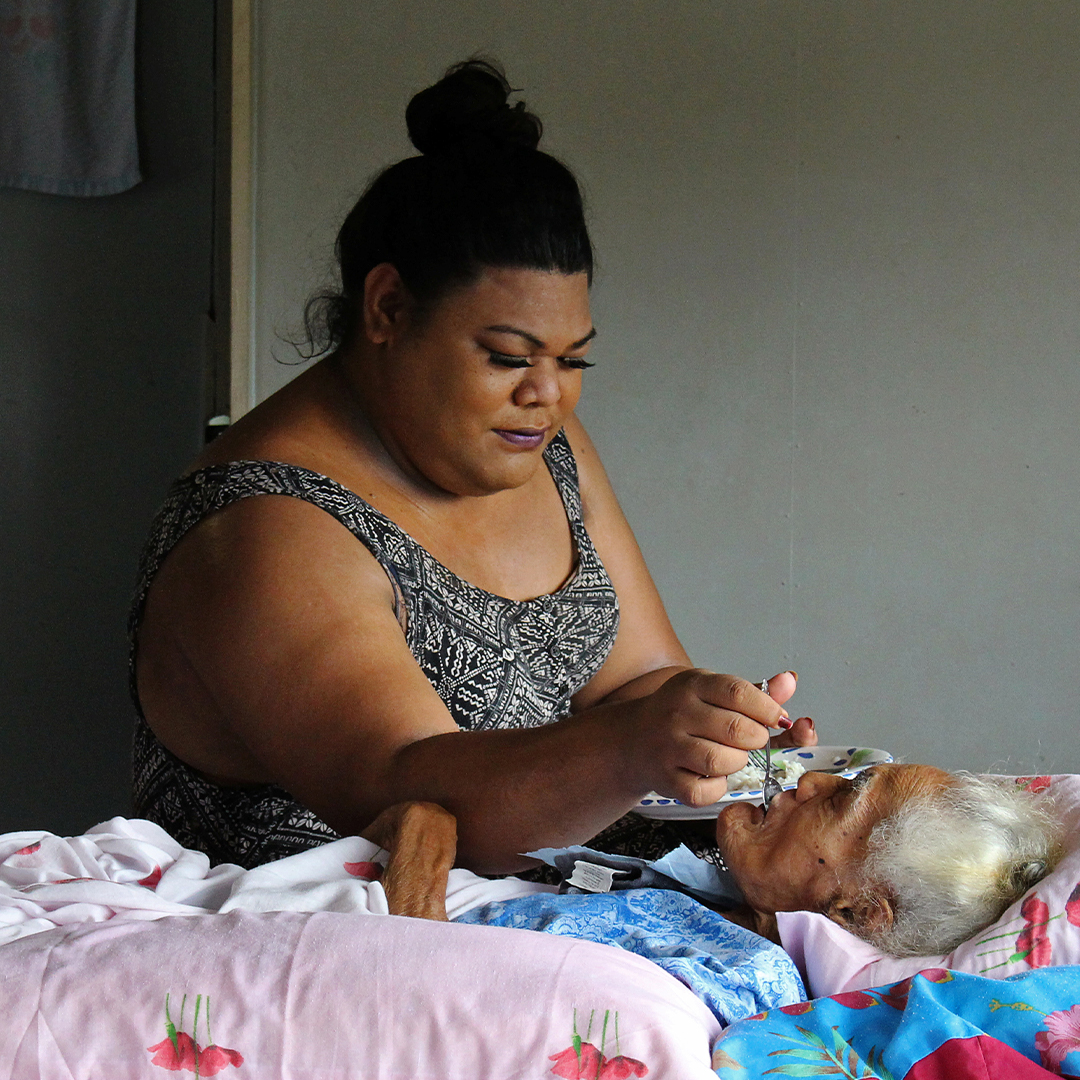 Identifying as a separate gender, fa’afafines& #39; roles in society move fluidly between the traditional male and female.While they& #39;re assigned male at birth, Samoa also recognises fa’afatama – an equally fluid gender for those assigned female at birth" title="Fa’afafine (Samoa) https://abs.twimg.com/emoji/v2/... draggable="false" alt="🇼🇸" title="Flagge von Samoa" aria-label="Emoji: Flagge von Samoa">Identifying as a separate gender, fa’afafines& #39; roles in society move fluidly between the traditional male and female.While they& #39;re assigned male at birth, Samoa also recognises fa’afatama – an equally fluid gender for those assigned female at birth" class="img-responsive" style="max-width:100%;"/>
Identifying as a separate gender, fa’afafines& #39; roles in society move fluidly between the traditional male and female.While they& #39;re assigned male at birth, Samoa also recognises fa’afatama – an equally fluid gender for those assigned female at birth" title="Fa’afafine (Samoa) https://abs.twimg.com/emoji/v2/... draggable="false" alt="🇼🇸" title="Flagge von Samoa" aria-label="Emoji: Flagge von Samoa">Identifying as a separate gender, fa’afafines& #39; roles in society move fluidly between the traditional male and female.While they& #39;re assigned male at birth, Samoa also recognises fa’afatama – an equally fluid gender for those assigned female at birth" class="img-responsive" style="max-width:100%;"/>
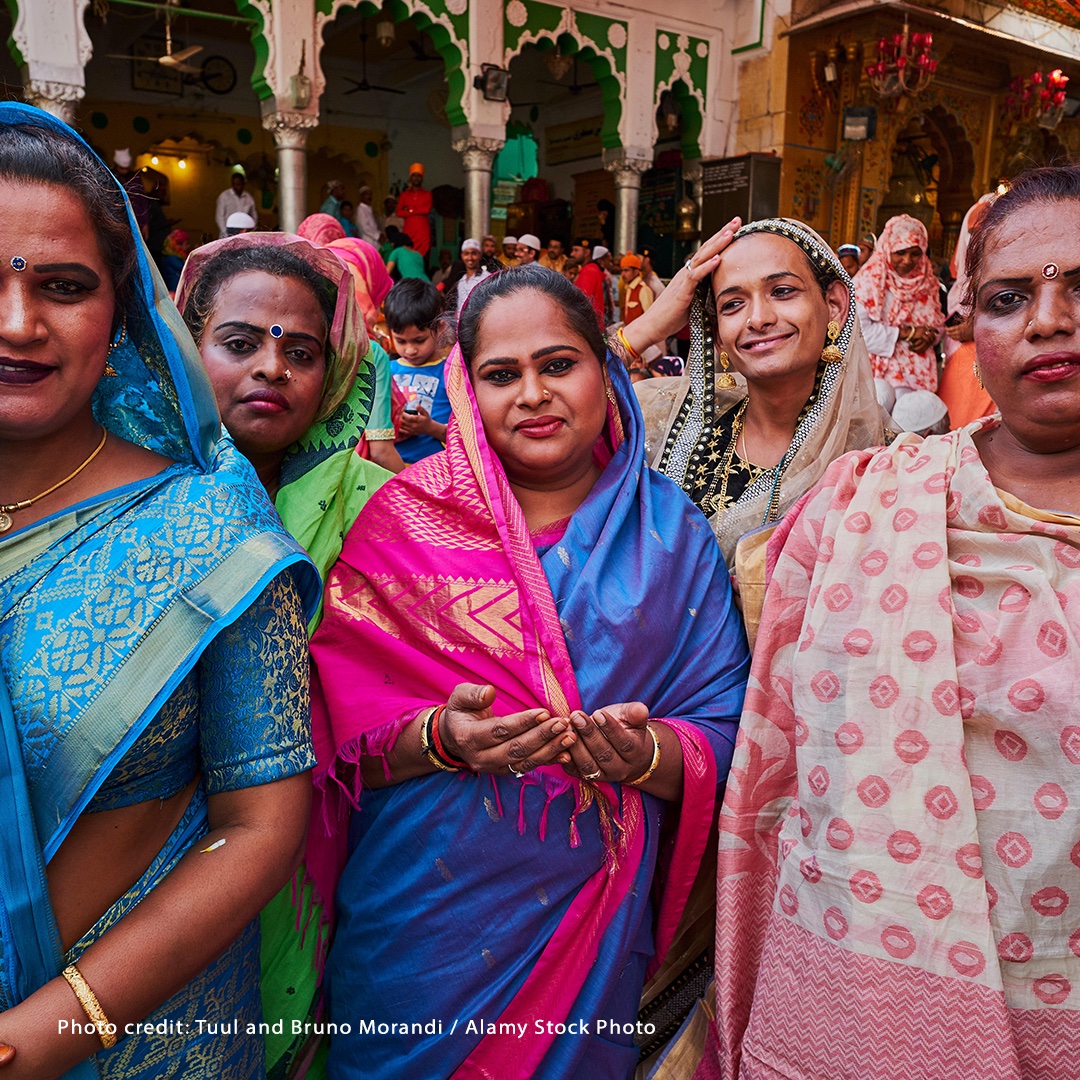 The centuries-old third gender, associated with sacred powers, usually refers to those assigned male at birth but don& #39;t identify as such.In 2014, India legally recognised hijras as a third gender after they were criminalised by the British in 1871" title="Hijras (South Asia) https://abs.twimg.com/emoji/v2/... draggable="false" alt="🌏" title="Asien-Australien auf dem Globus" aria-label="Emoji: Asien-Australien auf dem Globus">The centuries-old third gender, associated with sacred powers, usually refers to those assigned male at birth but don& #39;t identify as such.In 2014, India legally recognised hijras as a third gender after they were criminalised by the British in 1871" class="img-responsive" style="max-width:100%;"/>
The centuries-old third gender, associated with sacred powers, usually refers to those assigned male at birth but don& #39;t identify as such.In 2014, India legally recognised hijras as a third gender after they were criminalised by the British in 1871" title="Hijras (South Asia) https://abs.twimg.com/emoji/v2/... draggable="false" alt="🌏" title="Asien-Australien auf dem Globus" aria-label="Emoji: Asien-Australien auf dem Globus">The centuries-old third gender, associated with sacred powers, usually refers to those assigned male at birth but don& #39;t identify as such.In 2014, India legally recognised hijras as a third gender after they were criminalised by the British in 1871" class="img-responsive" style="max-width:100%;"/>
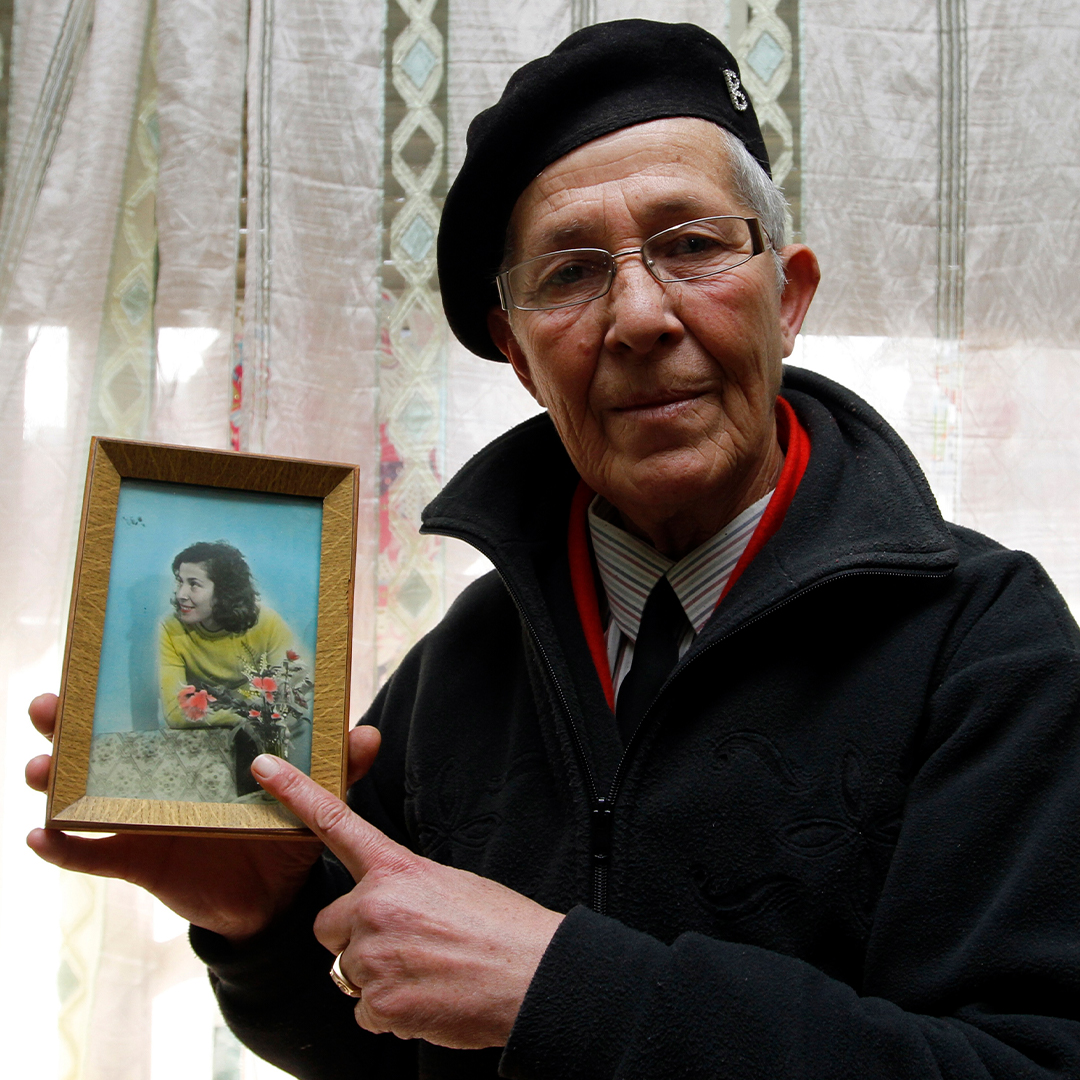 In this dying practice, women take on the social identity of a man for life, while taking a vow of chastity.By taking on this identity, they& #39;re elevated to the status of a man, entitled to the rights and privileges of the patriarchy" title="Sworn Virgins (Albania) https://abs.twimg.com/emoji/v2/... draggable="false" alt="🇦🇱" title="Flagge von Albanien" aria-label="Emoji: Flagge von Albanien">In this dying practice, women take on the social identity of a man for life, while taking a vow of chastity.By taking on this identity, they& #39;re elevated to the status of a man, entitled to the rights and privileges of the patriarchy" class="img-responsive" style="max-width:100%;"/>
In this dying practice, women take on the social identity of a man for life, while taking a vow of chastity.By taking on this identity, they& #39;re elevated to the status of a man, entitled to the rights and privileges of the patriarchy" title="Sworn Virgins (Albania) https://abs.twimg.com/emoji/v2/... draggable="false" alt="🇦🇱" title="Flagge von Albanien" aria-label="Emoji: Flagge von Albanien">In this dying practice, women take on the social identity of a man for life, while taking a vow of chastity.By taking on this identity, they& #39;re elevated to the status of a man, entitled to the rights and privileges of the patriarchy" class="img-responsive" style="max-width:100%;"/>
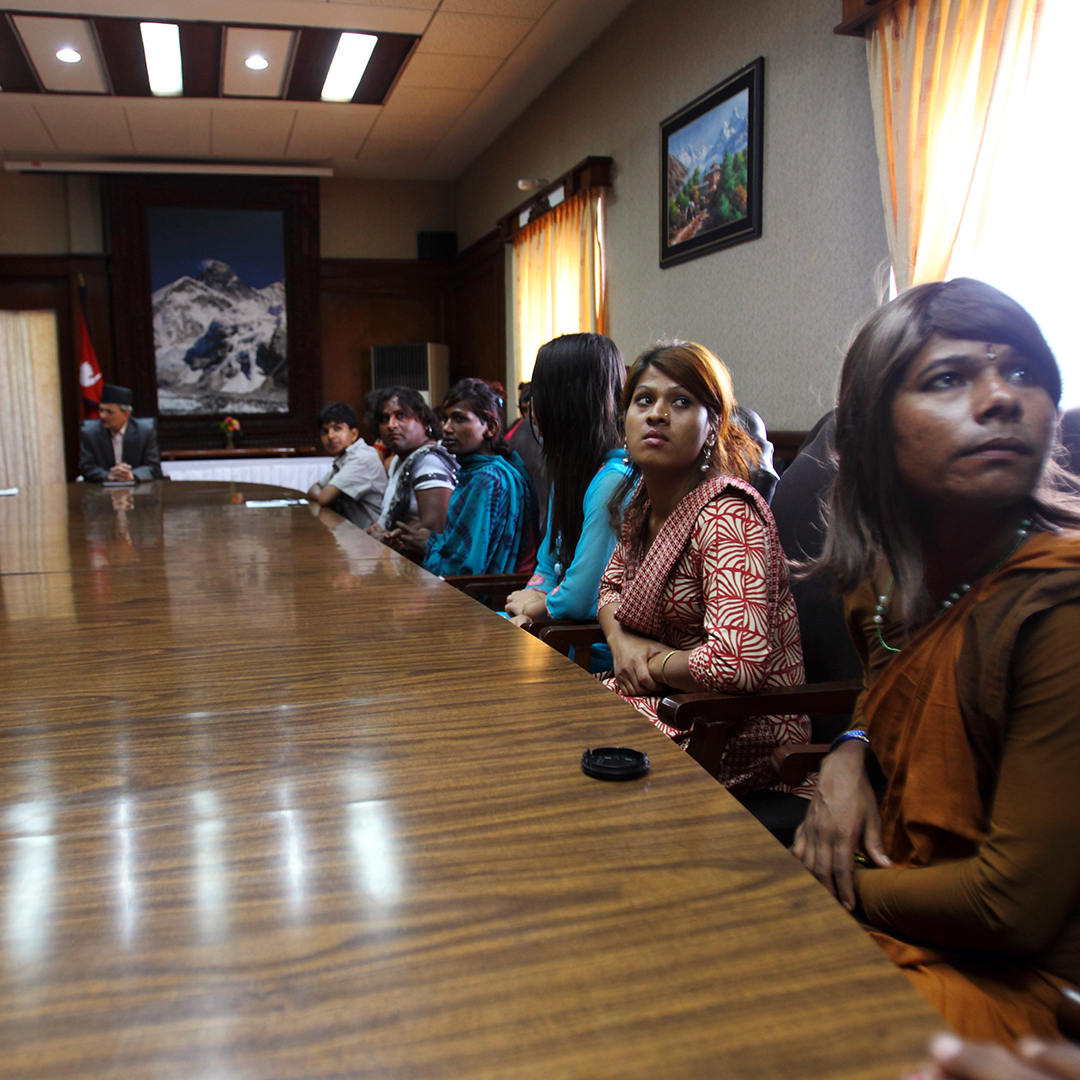 Officially recognised as a third gender in Nepal in 2007, metis have a long history in the Himalayan region. Assigned male at birth, they assume a traditional feminine appearance.Nepal set a global precedent with a third gender category on official documents." title="Metis (Nepal) https://abs.twimg.com/emoji/v2/... draggable="false" alt="🇳🇵" title="Flagge von Nepal" aria-label="Emoji: Flagge von Nepal">Officially recognised as a third gender in Nepal in 2007, metis have a long history in the Himalayan region. Assigned male at birth, they assume a traditional feminine appearance.Nepal set a global precedent with a third gender category on official documents." class="img-responsive" style="max-width:100%;"/>
Officially recognised as a third gender in Nepal in 2007, metis have a long history in the Himalayan region. Assigned male at birth, they assume a traditional feminine appearance.Nepal set a global precedent with a third gender category on official documents." title="Metis (Nepal) https://abs.twimg.com/emoji/v2/... draggable="false" alt="🇳🇵" title="Flagge von Nepal" aria-label="Emoji: Flagge von Nepal">Officially recognised as a third gender in Nepal in 2007, metis have a long history in the Himalayan region. Assigned male at birth, they assume a traditional feminine appearance.Nepal set a global precedent with a third gender category on official documents." class="img-responsive" style="max-width:100%;"/>
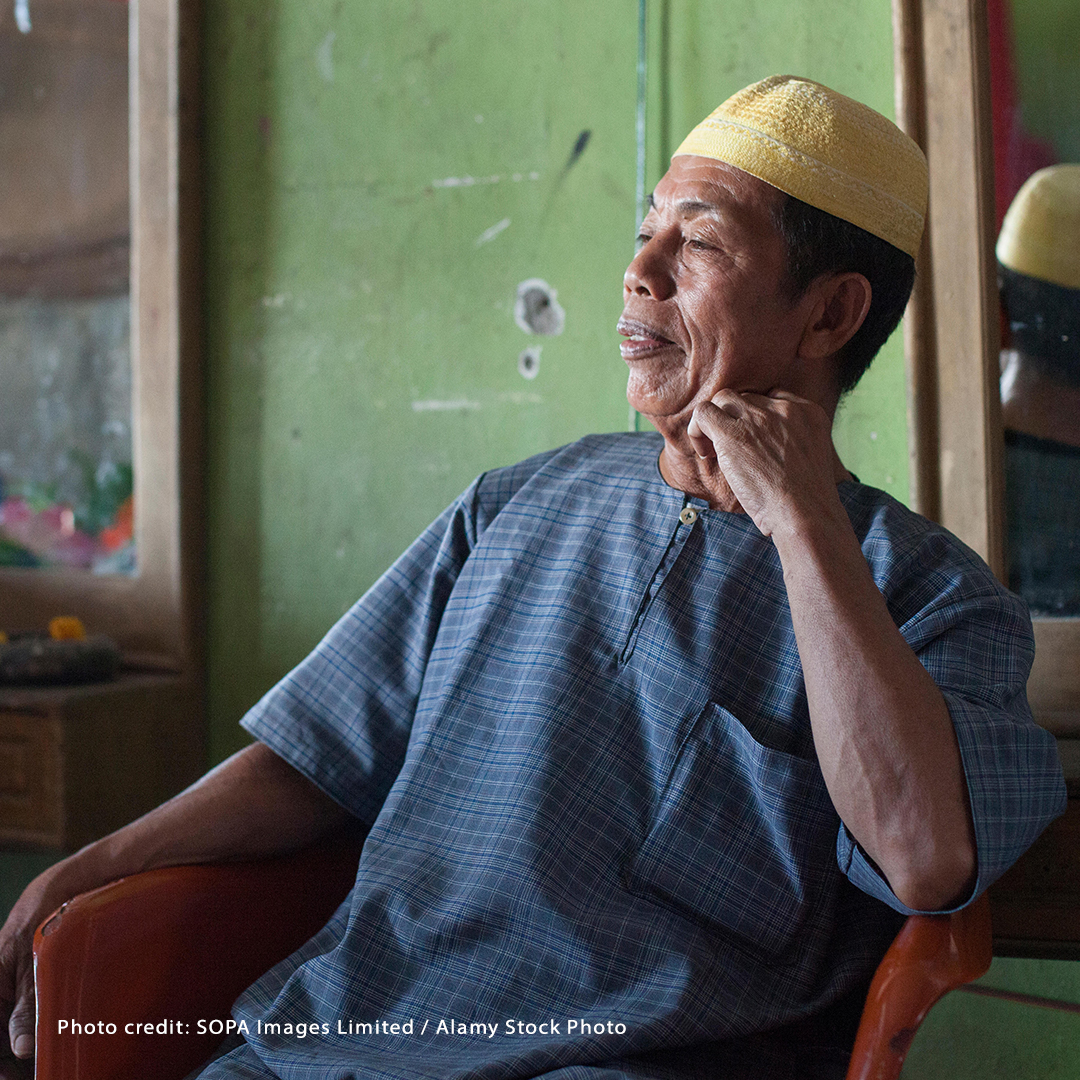 The ethnic group has for centuries seen gender as a spectrum, with three additional genders in addition to male and female.Bugis genders include & #39;calabai& #39; (feminine men), & #39;calalai& #39; (masculine women) and intersex & #39;bissu& #39; priests" title="Bugis (Indonesia) https://abs.twimg.com/emoji/v2/... draggable="false" alt="🇮🇩" title="Flagge von Indonesien" aria-label="Emoji: Flagge von Indonesien">The ethnic group has for centuries seen gender as a spectrum, with three additional genders in addition to male and female.Bugis genders include & #39;calabai& #39; (feminine men), & #39;calalai& #39; (masculine women) and intersex & #39;bissu& #39; priests" class="img-responsive" style="max-width:100%;"/>
The ethnic group has for centuries seen gender as a spectrum, with three additional genders in addition to male and female.Bugis genders include & #39;calabai& #39; (feminine men), & #39;calalai& #39; (masculine women) and intersex & #39;bissu& #39; priests" title="Bugis (Indonesia) https://abs.twimg.com/emoji/v2/... draggable="false" alt="🇮🇩" title="Flagge von Indonesien" aria-label="Emoji: Flagge von Indonesien">The ethnic group has for centuries seen gender as a spectrum, with three additional genders in addition to male and female.Bugis genders include & #39;calabai& #39; (feminine men), & #39;calalai& #39; (masculine women) and intersex & #39;bissu& #39; priests" class="img-responsive" style="max-width:100%;"/>
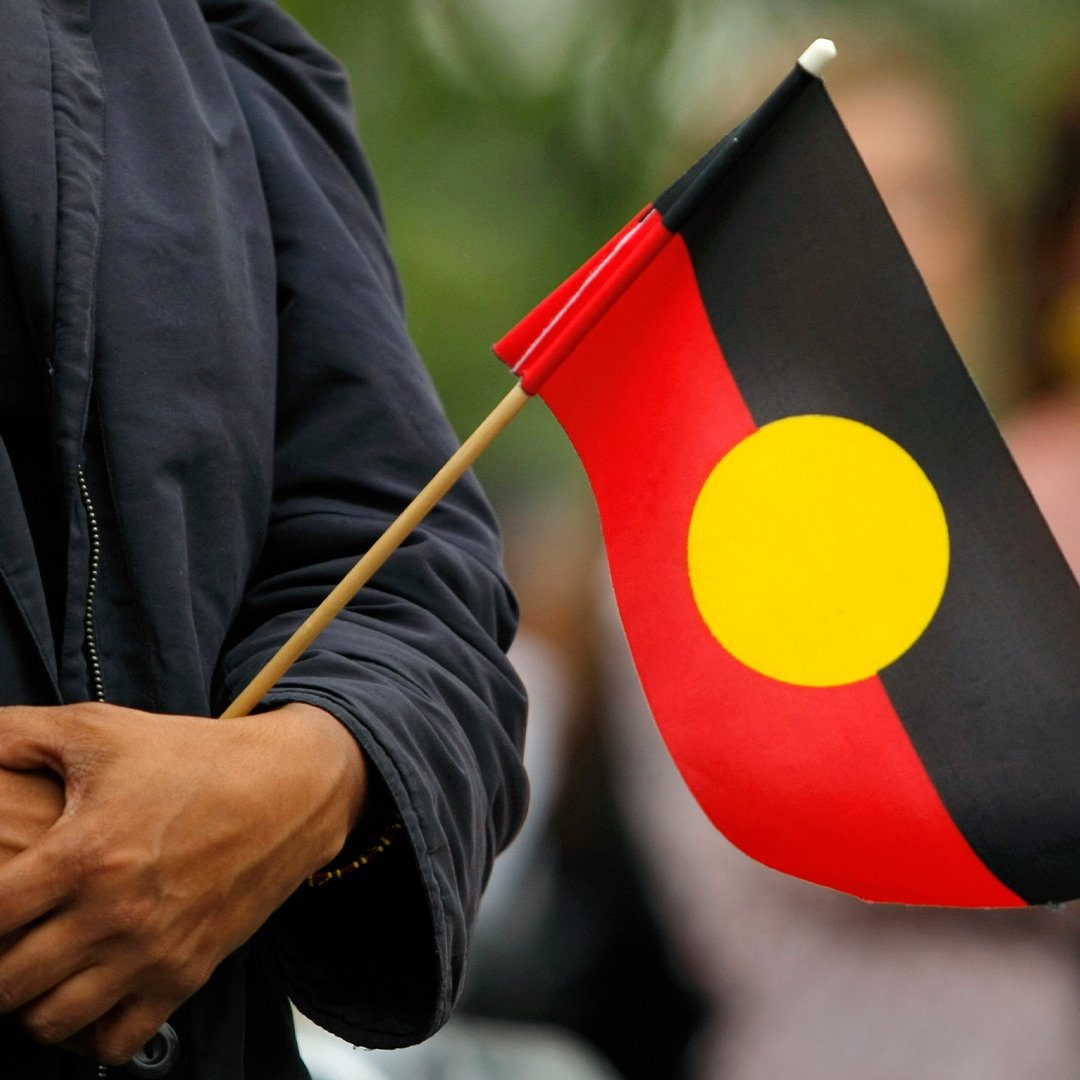
 One of the dozen or more common gender identities in Thailand, & #39;toms& #39; are women who adopt masculine mannerisms and style, while using male speech terms.Toms are often attracted to & #39;dees& #39; – women who follow traditional Thai gender norms" title="Toms (Thailand) https://abs.twimg.com/emoji/v2/... draggable="false" alt="🇹🇭" title="Flagge von Thailand" aria-label="Emoji: Flagge von Thailand">One of the dozen or more common gender identities in Thailand, & #39;toms& #39; are women who adopt masculine mannerisms and style, while using male speech terms.Toms are often attracted to & #39;dees& #39; – women who follow traditional Thai gender norms" class="img-responsive" style="max-width:100%;"/>
One of the dozen or more common gender identities in Thailand, & #39;toms& #39; are women who adopt masculine mannerisms and style, while using male speech terms.Toms are often attracted to & #39;dees& #39; – women who follow traditional Thai gender norms" title="Toms (Thailand) https://abs.twimg.com/emoji/v2/... draggable="false" alt="🇹🇭" title="Flagge von Thailand" aria-label="Emoji: Flagge von Thailand">One of the dozen or more common gender identities in Thailand, & #39;toms& #39; are women who adopt masculine mannerisms and style, while using male speech terms.Toms are often attracted to & #39;dees& #39; – women who follow traditional Thai gender norms" class="img-responsive" style="max-width:100%;"/>


